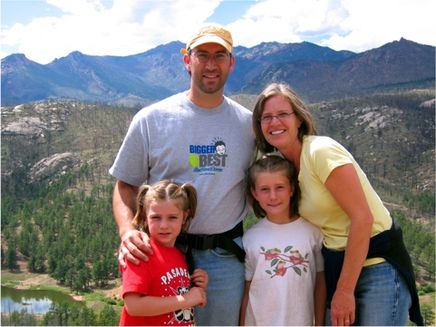Could Your Thanksgiving Turkey be Laced With Arsenic? Short Answer - Yes
NPR has an eye opening report on the common use of roxarsone in poultry like that big Thanksgiving turkey that's thawing out in the sink right now. Roxarsone has been widely used in the poultry industry to help meat birds grow faster and to fight disease, which is especially important considering the nasty conditions many birds are raised in these days. The only problem is that roxarsone contains arsenic, and when the birds eat it, the arsenic takes up residence in the meat.
I reported on this awhile back regarding some backyard laying hens that passed on arsenic to children through the eggs. Go here and here for more background on that particular story. At the time I noted that roxarsone is the organic kind of arsenic, which is less nasty than the inorganic form.
But NPR shares enough details to make me really glad I got my turkey this year from a local farmer:
Keeve Nachman is the science director for the Center for a Livable Future at the Johns Hopkins School of Public Health. He studies arsenic in the food system and has recommended to Congress and the state of Maryland (a big poultry producer) that it ban roxarsone from all poultry feed.
So how big a problem is it for humans?
According to the Poultry & Egg Institute, an industry group, "the benefits of continued use of roxarsone far outweigh the concerns expressed by the media and special interest groups."
But Nachman says certain chemical forms of arsenic are toxic and have been linked to cancer. Recent studies have shown that 65 percent of arsenic in poultry is the inorganic form – the bad one.
Even though poultry producers have been using roxarsone for decades, scientists have only just begun to study how it makes its way through the food chain to humans.
Recently, the Environmental Protection Agency, which is responsible for setting toxicity values for chemicals, reported that arsenic's cancer causing power is 17 times higher than previously believed.
You can bet the cheaper your turkey, the more likely roxarsone was used to fatten it up. The quicker they get it fat the less they have to feed it and the cheaper they can sell it. But as is the case with most cheap food, there are hidden costs. This is a good reminder that when we eat the meat of any animal, we are essentially eating what the animal ate. As consumers we deserve to know what the animals we are eating ate and what they were injected with. For now, the onus is on consumers to do a lot of the leg work and one of the best ways to ensure healthy food is to buy it from a local farmer that you know.
This reminds me of one of Michael Pollan's Food Rules: Pay your farmer more than you pay your doctor.
